
Drawing Sound Waves KS3/Low Ability Teaching Resources
Frequency is defined to be one over the period. So, since the period is the number of seconds per oscillation, the frequency is the number of oscillations per second. Frequency has units of one over seconds, and we call one over a second a hertz. Typical sounds have frequencies in the 100s or even 1000s of hertz.
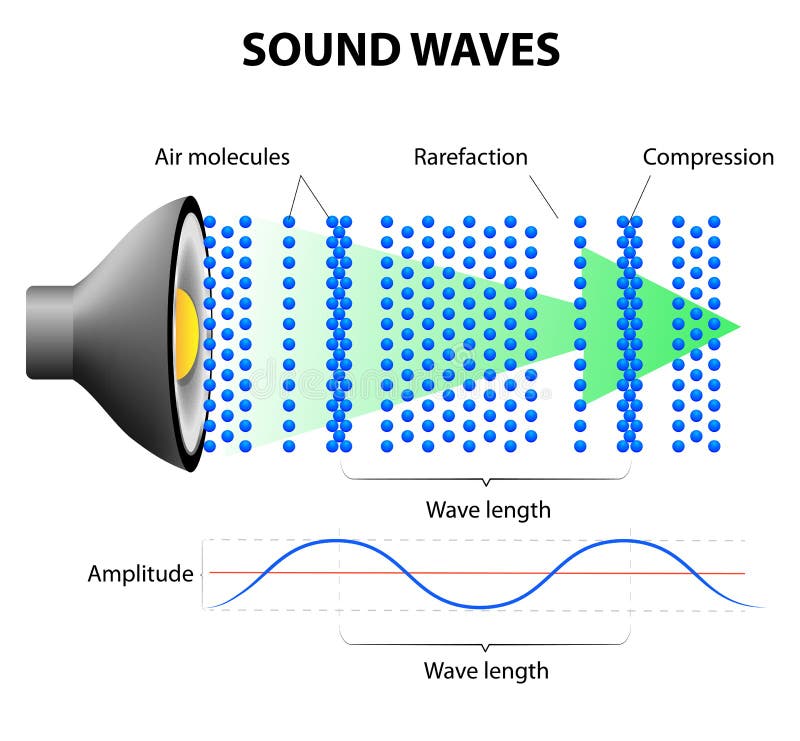
How Sound Waves Work stock vector. Illustration of element 42512242
The diagram below shows a sound wave reflecting off the sea bed; knowing the time taken for the reflection to occur and the speed of sound in water, allows the captain to calculate the depth of the water. This technique is known as echo sounding. Transmission of sound.

5 Ways to Make Propagation of Sound an Approachable Topic
Infrasonic Waves (Infrasound) Infrasonic waves have frequencies below 20 Hz, which makes them inaudible to the human ear. Scientists use infrasound to detect earthquakes and volcanic eruptions, to map rock and petroleum formations underground, and to study activity in the human heart.

Amplitude, Frequency and Time Period of Sound Teachoo Concepts
Sound Wave Generator Generate a personalized sound wave art in seconds Upload your audio, search for your favorite song, or pick one from Spotify and let our sound wave maker help you create stunning sound waves. Start Designing No sign-up is required. Want some inspiration to get started? Space
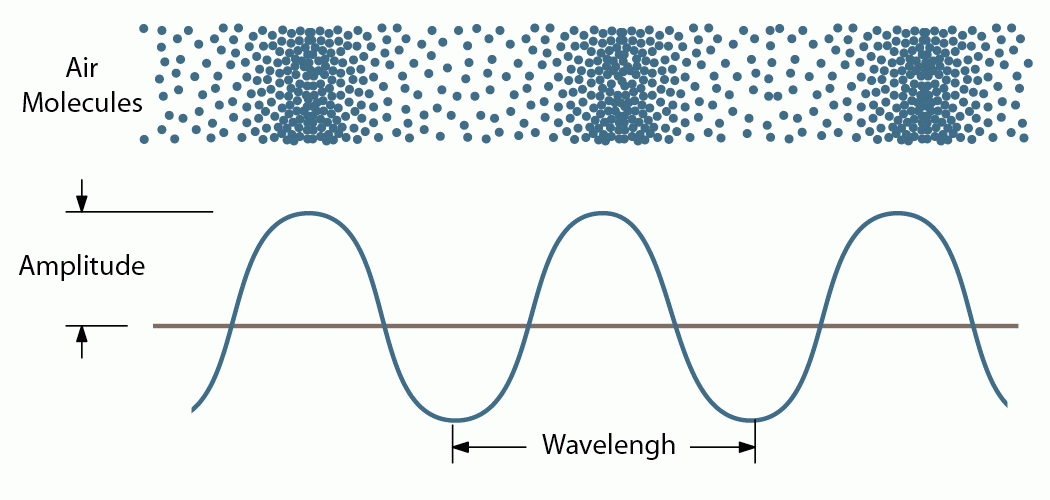
What is Sound? Understanding the Nature of Sound and Soundwaves.
One convenient way to diagram a sound wave is to graph the pressure at each point in time, the way it might be picked up by a microphone for example: This simplest kind of pressure wave is called a sine wave . Interesting things to measure for a sine wave: amplitude (or loudness, size of pressure differences) usually measured in decibels (dB)

Wavelength of Sound Waves Class 9 Science Notes by Teachoo
One such property is amplitude. The amplitude of a wave refers to the maximum amount of displacement of a particle on the medium from its rest position. In a sense, the amplitude is the distance from rest to crest. Similarly, the amplitude can be measured from the rest position to the trough position.

Physics 101, Physics Formulas, Science Fair Projects, Science Lessons, Physics Projects, School
Key points. A sound wave is a vibration that travels through a solid, liquid or gas such as the air or water. A loud sound has a large amplitude, a high pitched sound has a high frequency.

How To Calculate Frequency Of A Waveform Haiper
A speaker produces a sound wave by oscillating a cone, causing vibrations of air molecules. In Figure 17.2. 2, a speaker vibrates at a constant frequency and amplitude, producing vibrations in the surrounding air molecules. As the speaker oscillates back and forth, it transfers energy to the air, mostly as thermal energy.

15.3 Hearing Anatomy & Physiology
A vibrating object A material for the sound wave to travel through, such as air (we call this a medium) Something to detect the sound e.g. your ear Sound can pass through: Solids e.g..

What is Sound Wave Mike Migas Production
Google Classroom We've all heard that there's no sound in space, even though tons of movies and TV shows have you hearing everything from ships' engines to explosions. If there's sound on Earth, why wouldn't there be sound in space? The secret is in how sound travels. How does sound travel?
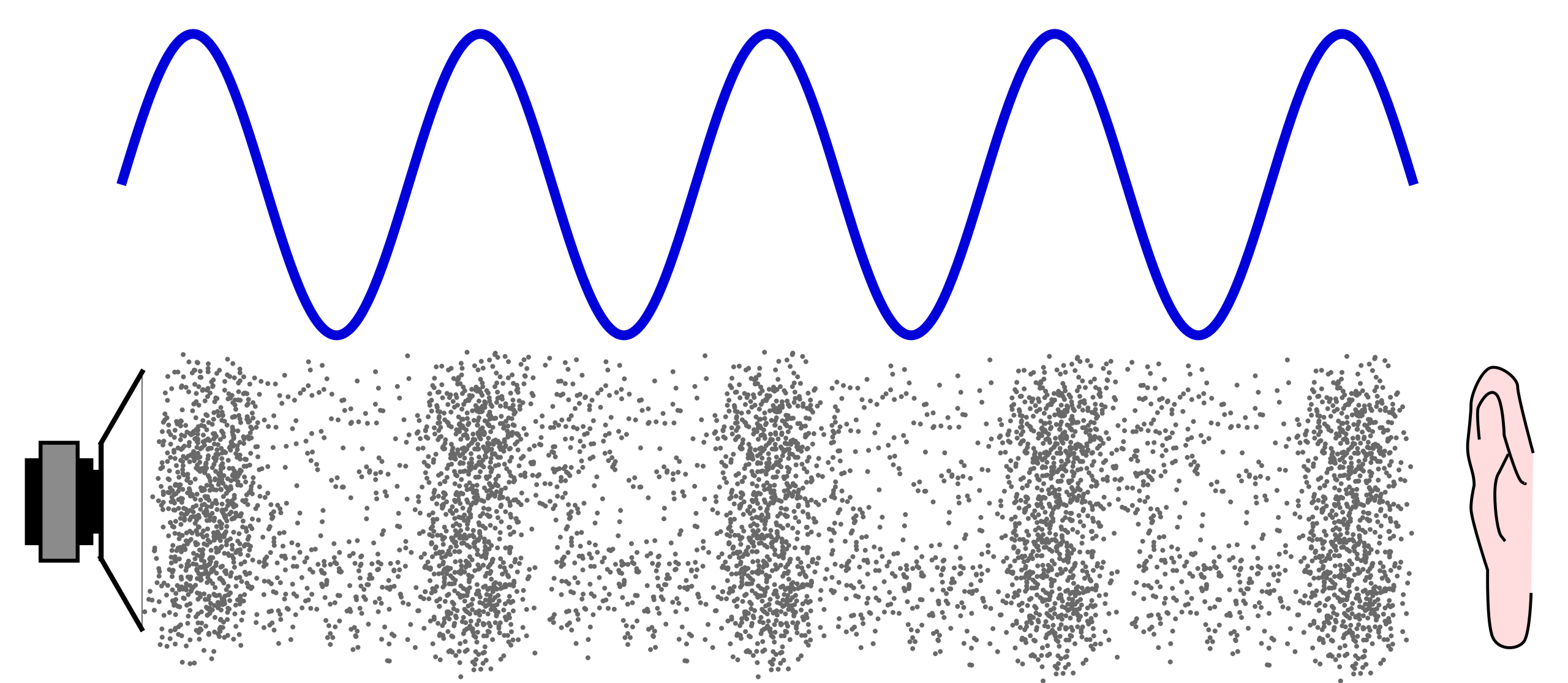
Sound Science Great Headphones Blend Physics, Anatomy and Psychology
Interactive This video shows waves on the surface of a wine glass, being driven by sound waves from a speaker. As the frequency of the sound wave approaches the resonant frequency of the wine glass, the amplitude and frequency of the waves on the wine glass increase. When the resonant frequency is reached, the glass shatters.

Loudness, Intensity, Pitch and Quality of Sound Teachoo
The number of rarefactions and compressions that occur per unit time is known as the frequency of a sound wave. The formula of the frequency of a wave is given as: \ (\begin {array} {l}f=\frac {1} {T}\end {array} \) Where, f is the frequency of a sound wave and. T is the time period.
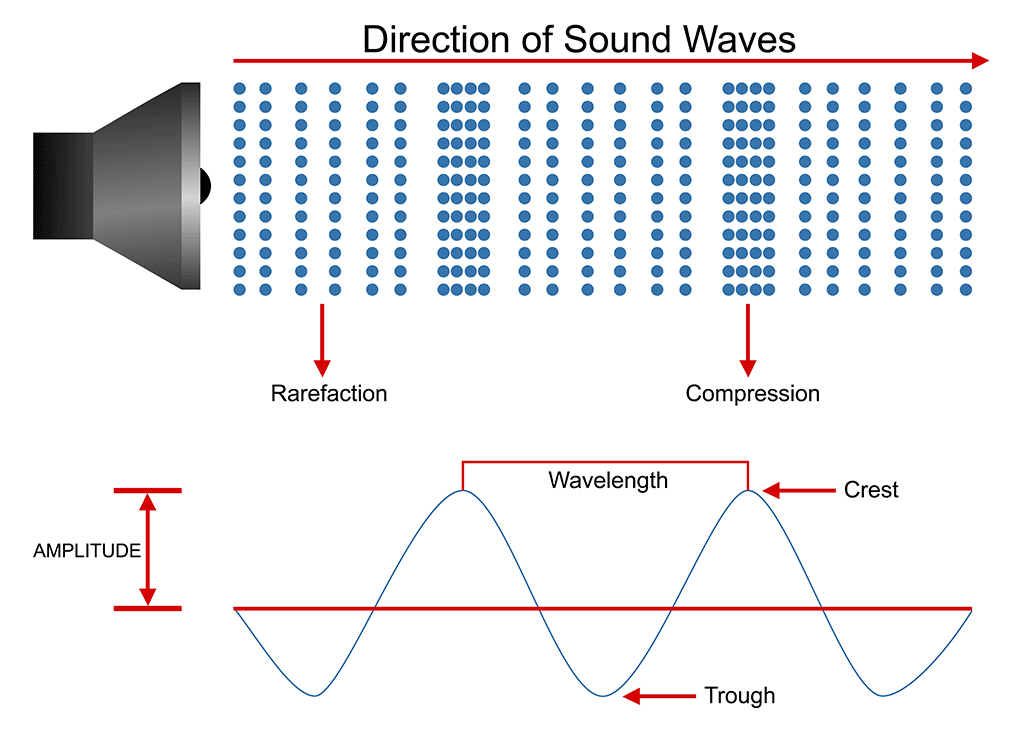
Sound Waves PASCO
Resource Add to collection Sound is a form of energy that is caused by the vibration of matter. Sound is transmitted through waves, which travel through solids, liquids and gases. We are most used to the sound travelling through air, but sound is able to travel faster and further in solids and liquids. 'Seeing' sound
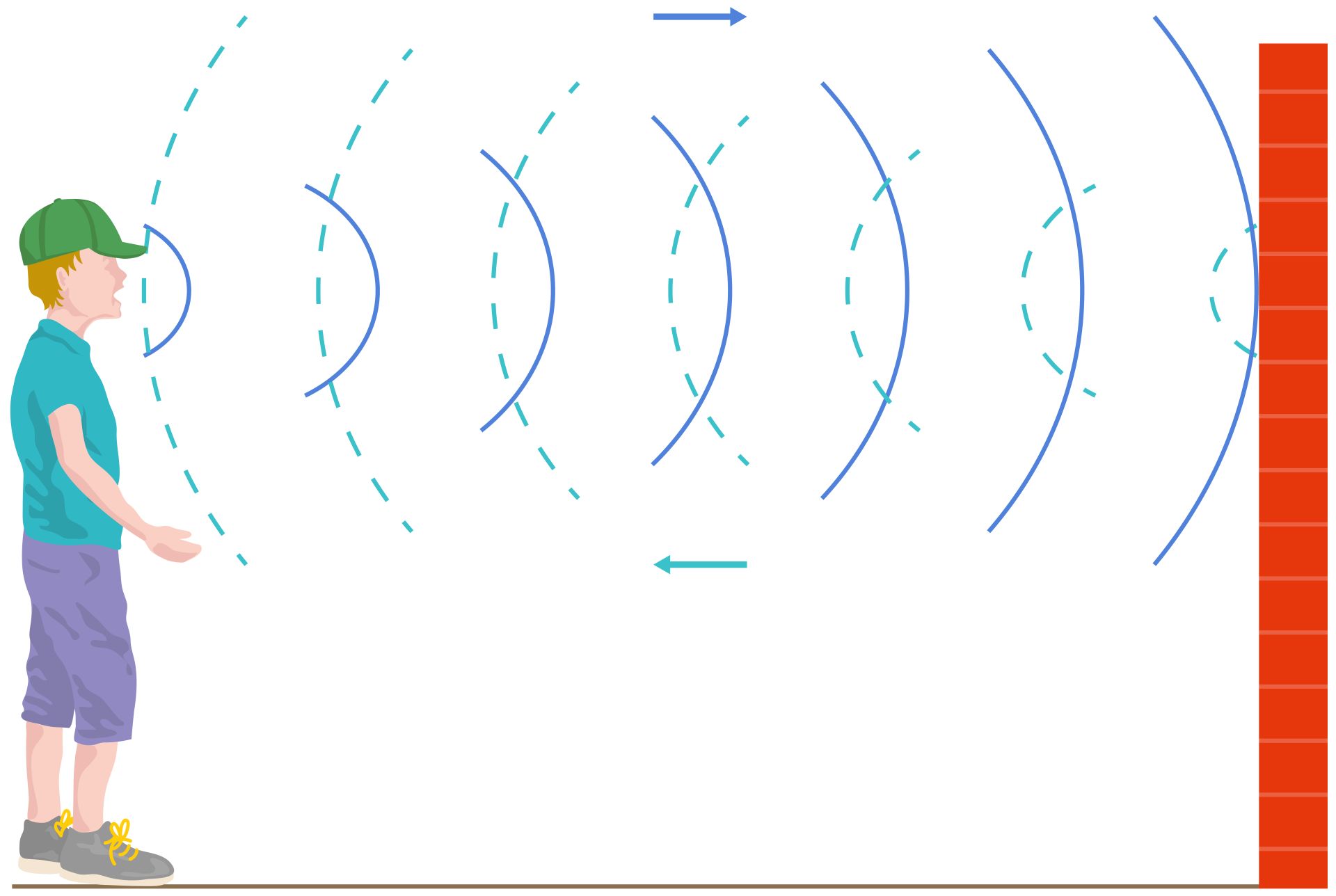
What Is An Echo Reflection Of Sound Waves DK Find Out
Amplitude Amplitude in light refers to the amount of energy in an electromagnetic wave and its meaning is the same here. Amplitude refers to the distance of the maximum vertical displacement of the wave from its mean position. Larger the amplitude, the higher the energy.
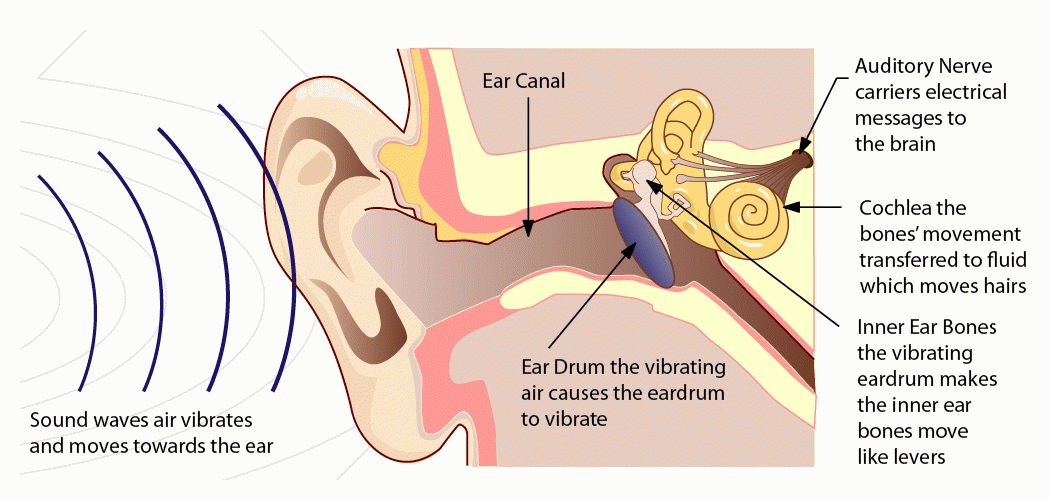
What is Sound? Understanding the Nature of Sound and Soundwaves.
Waves > Sound Introduction to sound review Google Classroom Review the key terms and skills for sound waves, including how to identify the nodes and antinodes for standing waves in tubes. Key terms Standing sound waves open and closed tubes Sound waves are longitudinal waves in a medium such as air.

Loudness, Intensity, Pitch and Quality of Sound Teachoo
UCD: Physics 9B - Waves, Sound, Optics, Thermodynamics, and Fluids 1: Waves 1.2: Wave Properties Expand/collapse global location 1.2: Wave Properties. and is called the wavelength of the wave. A glance at the two diagrams above should make it clear that the wavelength is a universal feature of that particular wave, and does not depend upon.
